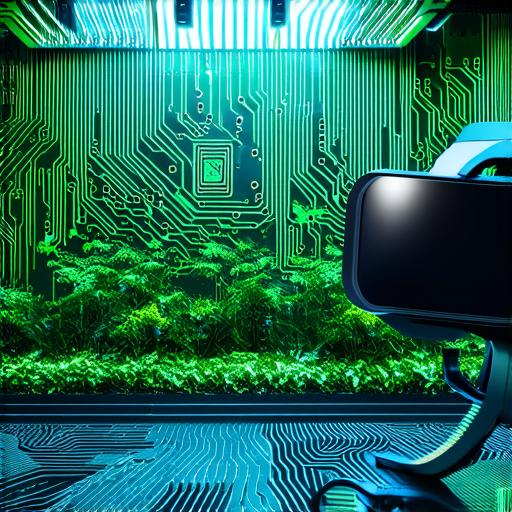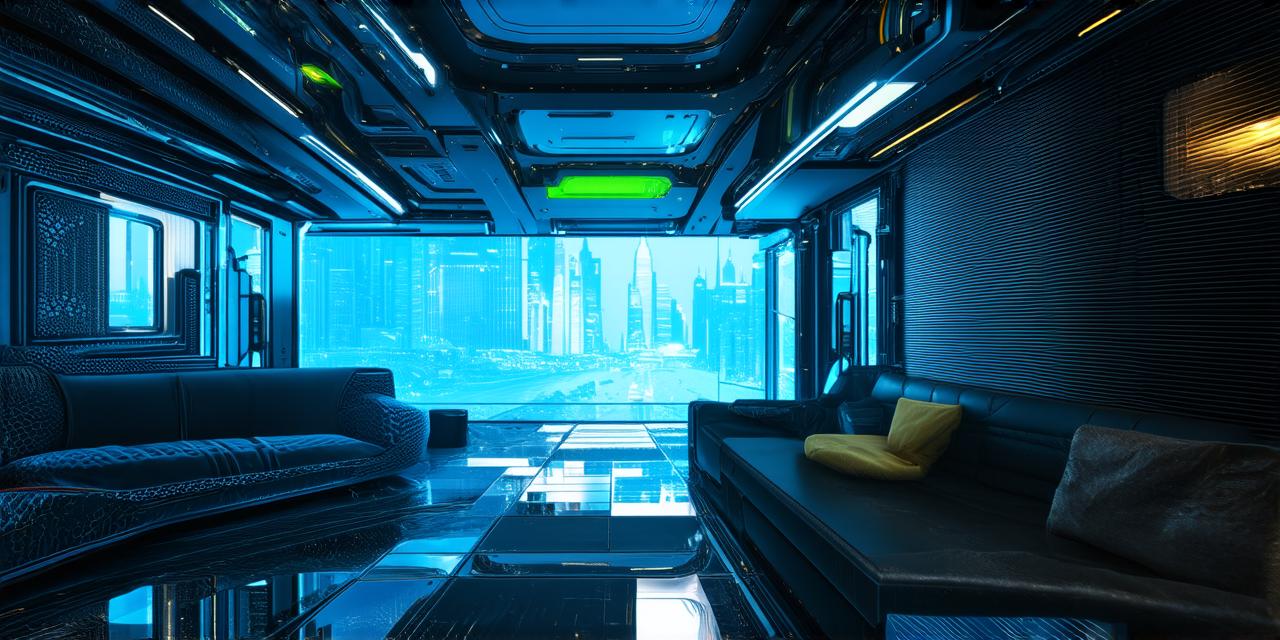Virtual reality (VR) technology has come a long way since its inception, and it’s now possible to create immersive and interactive environments that feel as real as the world around us. However, developing a VR environment requires a deep understanding of various tools, techniques, and technologies.
1. Define Your Concept
The first step in developing a VR environment is to define your concept. What kind of environment do you want to create? Do you want it to be realistic or fantastical? This will help you determine the type of assets and techniques that you’ll need to use. For example, if you want to create an immersive cityscape, you’ll need to focus on creating textures, lighting, and other visual elements that make the environment feel authentic.
2. Choose Your Platform

There are various VR platforms available today, including Oculus Rift, HTC Vive, and PlayStation VR. Each platform has its own set of requirements and limitations, so it’s important to choose the one that best suits your needs. For example, if you want to create a 360-degree video experience, you may want to consider using a platform like YouTube or Facebook 360.
3. Create Your Assets
The next step is to create the assets that will make up your VR environment. This can include 3D models, textures, lighting, sound effects, and more. There are various tools available for creating these assets, including Blender, Maya, Photoshop, and Audition. You may also want to consider using pre-made assets from online marketplaces like the Unity Asset Store or Sketchfab.
4. Design Your Environment
Once you have your assets, it’s time to design your environment. This involves arranging the assets in a way that creates an immersive and interactive experience. You may want to consider using techniques like LOD (Level of Detail) to optimize performance and reduce load times. You should also pay attention to the user interface and make sure it’s intuitive and easy to use.
5. Test and Optimize
The final step is to test and optimize your VR environment. This involves testing your environment on different devices and platforms to ensure that it works as expected. You may also want to consider using profiling tools to identify performance bottlenecks and optimize your code accordingly. Finally, make sure to optimize your environment for the target hardware and software specifications.
Summary
Developing a VR environment can be a challenging but rewarding process. With the right tools, techniques, and approach, you can create immersive and interactive experiences that transport users to new worlds and environments. By following the steps outlined in this guide, you’ll be well on your way to creating your own VR environment.
